New 2013 Honda CR-V 2.0 review, test drive
We comprehensively road test the all-new CR-V and find out how much better it is.
Updated on Jun 04, 2015 12:22:01 PM
29,899 Views
Follow us on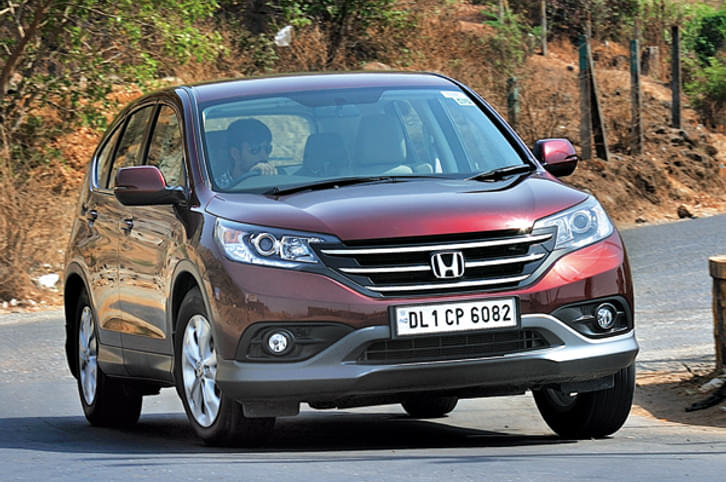
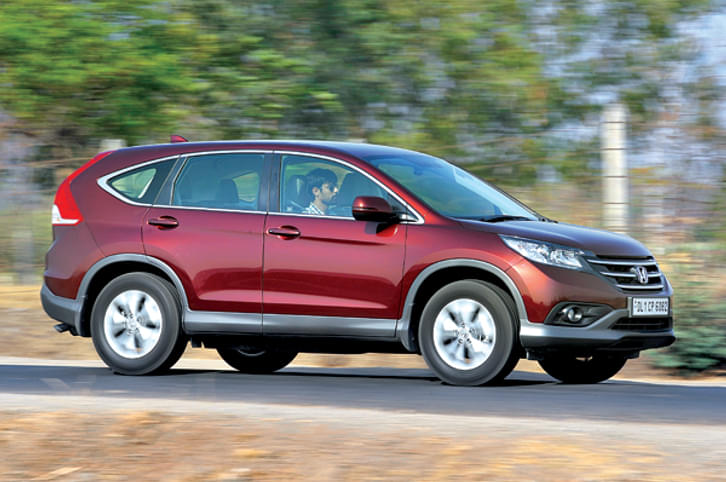
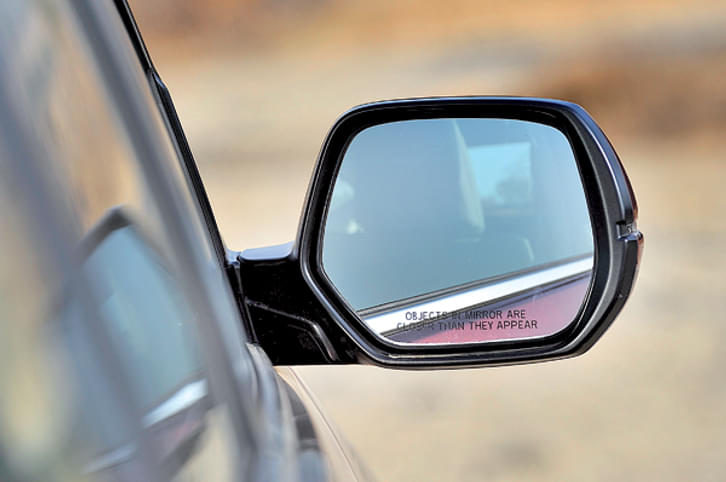
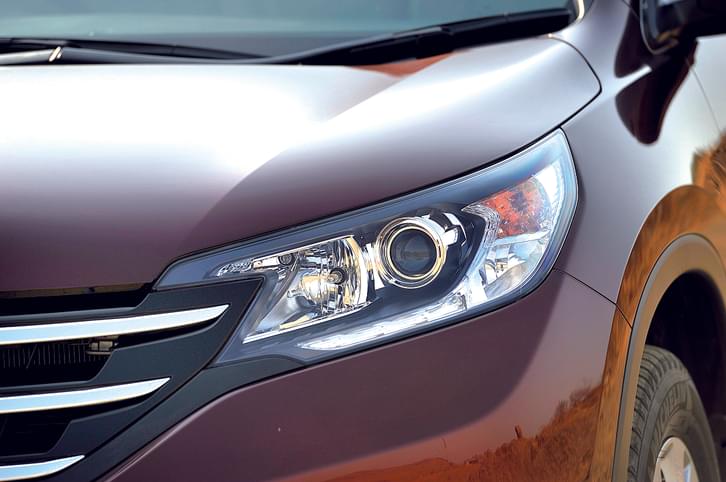
In 2004, Honda introduced the second-generation CR-V in India. Honda sort of pioneered the soft-roader movement in the country with the CR-V by giving us an absolutely new kind of a vehicle. The CR-V brought the best of both car and SUV worlds as its core ingredients and Indians loved this blend. Although the CR-V carried a hefty price tag (it was a CBU), it had respectable sales figures during its initial tenure. The lack of a diesel motor option however saw the sales of the CR-V dip in the diesel favouring Indian market.
With the fourth generation CR-V being assembled in India, it’s now being offered at a substantially cheaper Rs 19.95 lakh price tag for the 2.0 litre manual model we tested. Moreover, considering the diminishing price disbalance between petrol and diesel, the lack of a diesel motor is becoming less of a deterrent for buyers.
| Honda CR-V Price, Mileage, Specifications, Features and Variants | |
|---|---|
| Brand | Honda |
| Model Name | CR-V |
| Honda CR-V Price | ₹ 32.95 - 38.97 lakh |
| Honda CR-V Range/Mileage | Petrol : 14.4kpl | Diesel : 18.3 - 19.5kpl |
| Honda CR-V Specifications | SUV | 5 doors | 7 seats View All Specs |
| Honda CR-V Features | LED headlight | 7-inch Touchscreen display | 6 airbags View All Features |
| Honda CR-V Variants | Petrol 2WD | Diesel 2WD | Diesel AWD View All Variants |
When you see the CR-V first, it is evident that the new car is visually far more assertive than its predecessor. The distinctive three-bar grille makes it look a lot more serious. The black cladding on the lower portion of the bumper and skid-plate treatment below the bumper gives it that SUV look. Honda has cleverly used sharp lines, cuts and creases to give the new CR-V an illusion of being larger than it actually is.
In fact, the new CR-V is a good 30mm lower and 5mm shorter than its predecessor but the wheelbase remains unaffected. Also, the windscreen has been pushed forward to create more space. The new car will have a broader visual appeal than the old one though the design may not be very inspirational. The cabin is well lit owing to the large windscreen area and the sleek A-pillar, which also enhance the view out.
The highly rigid unibody construction combined with lightweight suspension components makes the new CR-V lighter yet stronger.
The noise, vibration and harshness levels have been improved by better sound absorption materials, carpets and under-bonnet material. The car is powered by the same 2.0 and 2.4-litre power plants, but they have been reworked for more refinement and power. We tested the 2.0-litre car with a six-speed manual transmission that drives the front wheels. The 2.0-litre variant comes with the option of both manual and automatic transmission; the 2.4-litre comes mated to a five-speed automatic transmission only.
The 2.4 also comes with six airbags – dual-front, side and curtain – and an occupant-position detection system, among other features like ABS, EBD and VSA.
Surprisingly, the new CR-V's interiors seem to be less sophisticated than the outgoing one. While the older car had a fine blend of textures and materials such as the finely dimpled dashboard coupled with the metal finished accents, the new CR-V’s dashboard has an unstinting dose of hard plastics in black hues. Although well engineered, consumers would definitely expect better quality interiors at this price point. While there are bits that look dated, there are others that have a crisp, modern feel to them. Flanking the large speedo is a ‘glow-green tree meter’ which is illuminated in green when you drive economically.
Like most Hondas, the CR-V's buttons operate with a nice click. There is substantial improvement in the interiors. Up front, the seats offer better under-thigh support and finding a good driving position is easy with the eight-way electrically powered seat and a steering wheel that is rake and telescopically adjustable.
Despite the physically smaller dimensions, there is more all-round space. There are a lot of useful storage spaces owing to clever use of door pockets and armrests. However, unlike the older car, the lack of open space between the seats and centre console restricts some storage options. Although you get three cupholders instead of the earlier two, the storage box isn’t as deep as before. Similarly, unique bits like the useful twin glovebox and ‘conversation mirror’ are missing. But, an additional 12-volt socket in the new CR-V’s storage box makes up for it.
Also, the rear seat and boot have been reworked, making ingress and egress easier and providing better under thigh support. The CR-V offers loads of legroom all around and further improving practicality, the cargo loading area is now at approximately knee height, making it more convenient to load heavy luggage.
The car we tested had the same motor as the old car; but this engine has been reworked for more flexibility. This motor has a good deal of useable power that starts as low as 1200rpm, and from there on, it just pulls seamlessly to the 6800rpm redline. In fact, we found this 2.0-litre engine to be on par with the previous 2.4-litre in terms of performance. What makes this engine even more delightful is that, past 3500rpm, it has an aggressive and sporty soundtrack and even though it’s a tad loud, you don’t mind the volume. Further, in traditional Honda fashion, the slick six-speed manual gearbox has well-spaced ratios that while being a joy to flick through, also extracts the best from this engine. Flat-out performance is quite strong for a car with these dimensions. 100kph comes up in just 10.72 seconds. Thanks to the motor’s broad powerband, the CR-V rarely feels bogged down and its in-gear times reflect this.
The real forte of this motor is the excellent drivability it offers, which is what really matters in everyday conditions. This just might be one of the best naturally aspirated four-cylinder units around.
There are a couple of issues though. The clutch has a ‘snatchy’ nature that causes a mild jerk during up-shifts and can get a tad irritating in stop-and-go city traffic where you tend to change gears often, it also has a bit of trouble with getting away from rest swiftly. It has enough power but, it doesn’t manage to put it down too well – there’s too much wheelspin and a fair bit of torque steer as well.
Although the car maintains its saloon-like handling, there are a couple of areas that aren’t as accomplished as we would have liked. To begin with, the CR-V’s ride feels a little unsettled and denies it that ‘big car feel’. A stiffer chassis and re-tuned suspension means it does ride quite well for the most part but, sharp edges do filter through and the car has a tendency to follow undulations on the road. It just doesn’t have the flat ride like say the Skoda Yeti, which is the real benchmark for SUV dynamics today.
That said, for a car this size, the steering and clutch are very light and the new CR-V feels a lot more nimble and agile on its feet compared to the older car. The steering wheel has been replaced by a new electric unit which is a delight to use in the city but is a bit too light for highway use. Though it’s precise and consistent, we would have preferred a weightier steering with more feel. Around the bends, the CR-V perfectly exhibits its saloon-like traits and body roll is kept to a minimum. There is some tyre squeal but, you can safely approach corners at a full 20-25kph quicker in the CR-V than in any other SUV this size. As for the brakes, they are effective, but feel a bit grabby towards the end of their travel.
The new CR-V returned a decent 9kpl in the city, while on the highway it managed a good 12.1 kmpl. That makes it more fuel efficient than the previous one and results in a reasonable range of about 667km under mixed driving conditions.
To improve economy, the new CR-V is equipped with an ECON button as part of the ‘Eco Assist’ system. This alters the mapping of the drive-by-wire throttle system, cruise control parameters and decreases the voltage of the fan in the air-conditioning system to reduce fuel consumption. We performed our tests with the ECON mode activated and quite frankly, couldn’t feel any perceptible change in throttle response.
Copyright (c) Autocar India. All rights reserved.

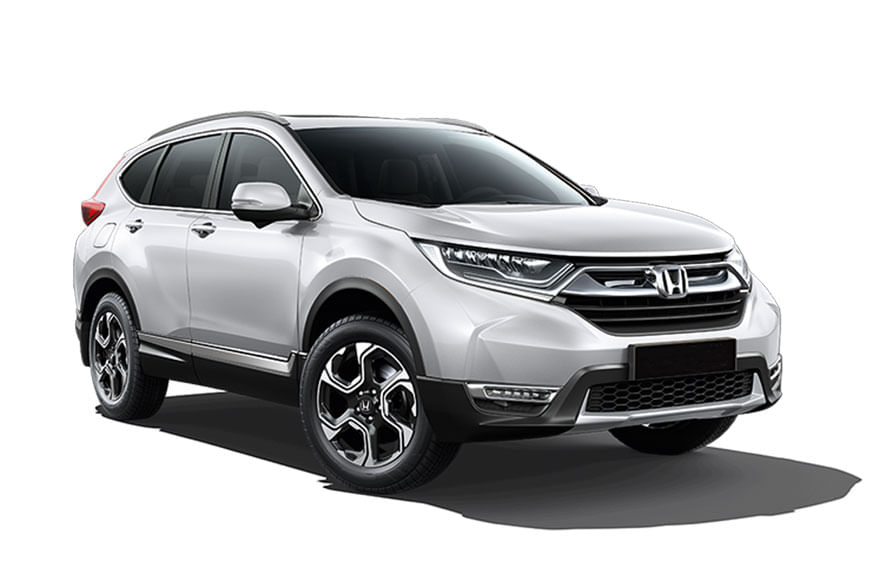


.jpg?w=234&h=156&q=90&c=1)

Comments
Member Login
Personal Details
No comments yet. Be the first to comment.